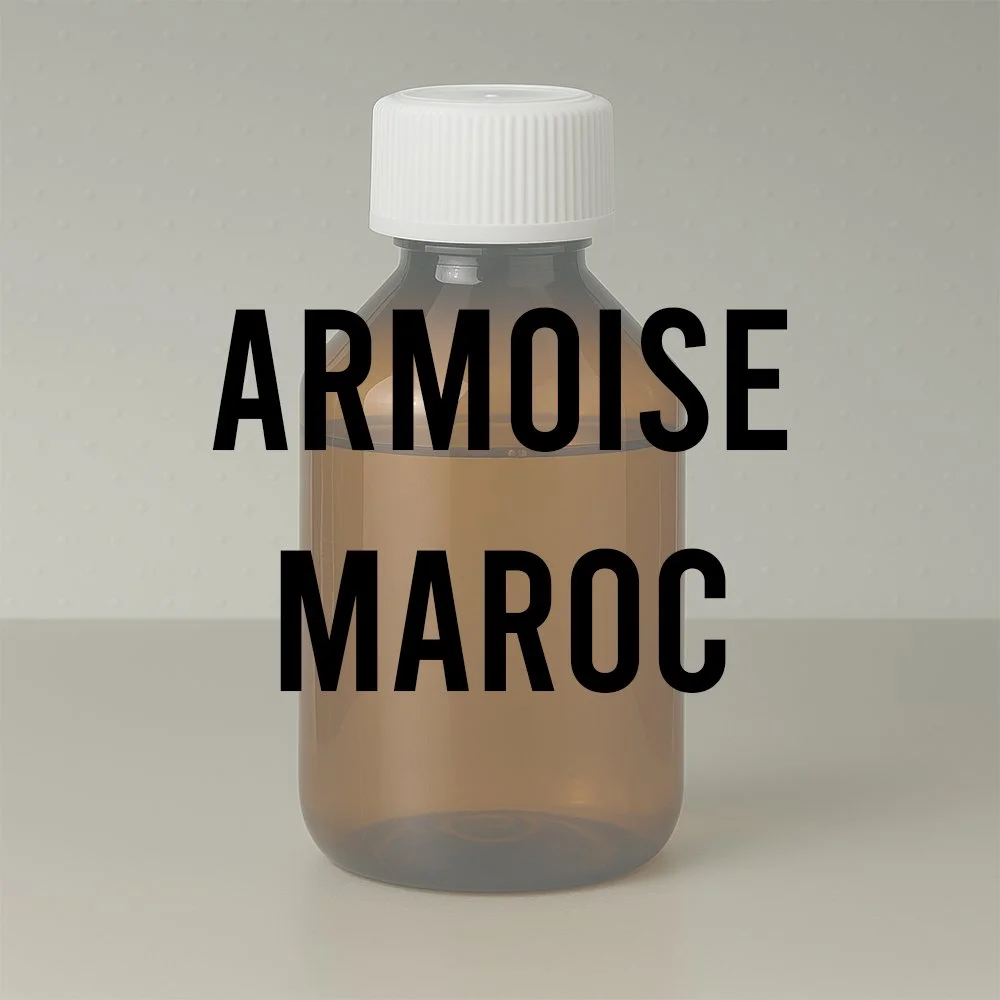Grapefruit Oil - Technical Ingredient Overview
🏭 Manufacturer — Various citrus processors (primarily in USA, South Africa, Israel, Brazil)
🔎 Chemical Name — Citrus paradisi peel oil
🧪 Synonyms — Grapefruit peel oil expressed, Citrus × paradisi oil, Pink grapefruit oil, White grapefruit oil
📂 CAS Number — 8016-20-4, 90045-43-5
📘 FEMA Number — 2530 (Generally Recognized As Safe for food use)
⚖️ Molecular Weight — Complex natural mixture (predominantly d-limonene, C₁₀H₁₆, 136.23 g/mol)
📝 Odor Type — Citrus, fruity
📈 Odor Strength — Medium to strong
👃🏼 Odor Profile — Fresh, zesty citrus with characteristic grapefruit peel character; sweet yet slightly bitter notes; herbaceous and green undertones; clean and uplifting with subtle woody-vetiver nuances from trace sesquiterpenes
⚗️ Uses — Fragrance compositions (colognes, personal care, household products), flavor applications (beverages, confections, baked goods), aromatherapy, cosmetic formulations
🧴 Appearance — Mobile, greenish-yellow to pale orange-yellow liquid; may exhibit slight turbidity or opalescence
What is Grapefruit Oil?
Grapefruit oil is a cold-pressed essential oil extracted from the outer peel (epicarp) of Citrus paradisi Macfad., commonly known as grapefruit. This oil belongs to the citrus oil family and is obtained as a valuable co-product during commercial grapefruit juice processing. The extraction process involves mechanical cold pressing of the fresh peel, which preserves the volatile aromatic compounds and delivers the characteristic fresh, zesty fragrance that defines this material.
Chemically, grapefruit oil is a complex natural mixture dominated by monoterpene hydrocarbons, particularly d-limonene (typically 90-95% of total composition). However, the oil's distinctive olfactory character is primarily attributed to powerful trace components, most notably the sesquiterpene ketone nootkatone (present at approximately 0.05-0.3%), which provides the signature grapefruit aroma despite its low concentration (Arctander, 1960; Cohen et al., 2019). Additional trace constituents include myrcene, α-pinene, sabinene, octanal, decanal, and various sesquiterpenes that contribute to the oil's complexity and freshness.
As a cold-pressed citrus oil, grapefruit oil is relatively light and mobile, with properties that vary depending on the grapefruit variety (white vs. pink/red), growing region, and harvest time (Bauer et al., 2008).
Historical Background
The grapefruit itself is a relatively young citrus species, originating in Barbados during the 18th century as an accidental natural hybrid between sweet orange (Citrus × sinensis) and pomelo (Citrus maxima). Both parent species were introduced to the Caribbean from Asia in the 17th century (Kumamoto et al., 1987). The grapefruit was first documented in 1750 by Welsh naturalist Reverend Griffith Hughes, who described it as "forbidden fruit" in his Natural History of Barbados.
In 1830, Scottish physician and botanist James Macfadyen assigned the botanical name Citrus paradisi to the Jamaican variety. The true hybrid origin of grapefruit was not conclusively determined until the 1940s through genetic analysis, leading to the updated nomenclature Citrus × paradisi, with the "×" denoting its hybrid status (Scora, 1975).
Grapefruit oil production developed as a commercial enterprise primarily in the United States, particularly Florida, beginning in the early 20th century as juice processing expanded. The identification of nootkatone as the key aroma compound in grapefruit oil was achieved by William D. MacLeod in 1965, establishing the scientific foundation for understanding the oil's unique sensory profile (MacLeod, 1965). Today, annual worldwide production is estimated at approximately 200 metric tons, with the United States, South Africa, Israel, and Brazil as major producers (Bauer et al., 2008).
Olfactory Profile
Scent Family: Citrus
Main Descriptors: Fresh and zesty grapefruit peel character with bright, sparkling top notes; moderately sweet with subtle bitter undertones; herbaceous and slightly green nuances; clean and uplifting overall impression with delicate woody-vetiver background notes
Intensity: Medium to strong odor strength with high volatility and excellent diffusion properties typical of citrus oils
Tenacity: Relatively short-lived as a top note material, typically lasting 2-4 hours in fragrance evaluation. The lighter monoterpene fraction evaporates rapidly, while the sesquiterpene components (particularly nootkatone) provide modest persistence beyond typical citrus oils
Volatility: High volatility characteristic of cold-pressed citrus oils. Classified as a top note material in perfumery due to rapid evaporation of the dominant limonene fraction (>90%). Sesquiterpene components exhibit slightly lower volatility and contribute to the oil's persistence profile
Fixative Role: Grapefruit oil is not employed as a fixative material. However, nootkatone, one of its key trace constituents, possesses greater tenacity than the bulk monoterpenes and contributes meaningful persistence to citrus accords. The oil benefits from the addition of traditional fixatives in fragrance compositions to extend its fresh character
Note on Olfactive Character: The distinctive grapefruit aroma is almost entirely attributed to nootkatone, present at only 0.05-0.3% concentration, demonstrating its exceptionally low odor threshold and high impact. This compound delivers the characteristic bitter-sweet, zesty grapefruit note that distinguishes the oil from other citrus materials. Additional minor sulfur-containing compounds also contribute to the authentic grapefruit peel character (Buettner & Schieberle, 1999).
Applications in Fine Fragrance
Grapefruit oil serves primarily as a sparkling top note material in contemporary perfumery, delivering immediate freshness and uplifting citrus character. It finds extensive use in:
Cologne and Fresh Fragrances: Core ingredient in eau de cologne formulations and modern fresh fragrances where its clean, energizing profile provides instant appeal
Citrus Accords: Blends harmoniously with other citrus oils (bergamot, lemon, sweet orange) to create complex, multi-dimensional citrus notes
Aromatic-Citrus Compositions: Pairs effectively with aromatic herbs (lavender, rosemary) and green notes to develop sophisticated masculine fragrances
Fruity-Floral Blends: Contributes zesty brightness to fruity-floral compositions, particularly in personal care and body care applications
Pairing Behavior: Grapefruit oil exhibits excellent compatibility with bergamot, hexyl acetate, hexenyl butyrate, linalool, linalyl acetate, geraniol, and various aldehydes (C10-C12 range). It also blends well with woody notes (cedarwood, vetiver) and herbal materials, creating balanced compositions with good lift and diffusion.
Performance in Formula
In fragrance formulations, grapefruit oil provides immediate impact and excellent diffusion but requires careful handling due to its high volatility and potential instability. The oil performs best when:
Stabilized: Protected from oxidation through proper storage (cool, dark, airtight containers) and inclusion of antioxidants at sub-threshold levels (0.002%)
Deterpenated Forms: Partially deterpenated versions (terpeneless or folded oils) offer enhanced solubility, reduced cloudiness in applications, and improved stability, though with some loss of natural freshness
Complementary Fixation: Supported by appropriate fixatives to extend the fresh citrus character beyond its natural volatility profile
Technical Considerations: Like all cold-pressed citrus oils, grapefruit oil deteriorates readily upon exposure to air, light, and moisture. The high monoterpene content (>90%) can cause emulsion instability ("ringing") in beverage applications. Concentrated forms (5-fold, 10-fold) are commonly employed in flavor work to provide authentic grapefruit character with reduced terpene-related issues.
Industrial & Technical Uses
Beyond fragrance and flavor applications, grapefruit oil finds use in:
Aromatherapy: Employed for its uplifting, energizing properties; traditionally used to support emotional wellbeing and mental clarity
Cosmetic Formulations: Added to skincare products for its fresh fragrance, mild astringent properties, and antioxidant constituents
Cleaning Products: Natural fragrance component in household cleaners, surface care products, and air fresheners
Technical Applications: Source material for isolation of d-limonene and extraction of nootkatone for specialized applications
Regulatory & Safety Overview
IFRA Status: Grapefruit oil expressed is subject to restrictions under IFRA Standard 091 (Amendment 49, 2020) due to phototoxic effects of naturally occurring furocoumarins (primarily bergapten). Maximum concentration limits of 4.0% apply to most product categories where skin contact occurs, with no restrictions for non-skin contact applications (Categories 7A, 9, 10A, 12).
If furocoumarin content is unknown, these restriction levels apply. When combining multiple furocoumarin-containing citrus oils, the sum of concentrations must not exceed 100% of recommended upper limits to account for additive phototoxic effects.
IFRA Documentation: IFRA Standard 091 - Grapefruit Oil Expressed
EU Cosmetics Regulation: Listed in Annex III (Restricted Substances) of EU Regulation 1223/2009. Subject to concentration limits in leave-on products applied to skin exposed to UV radiation due to photosensitizing furocoumarins. Furanocoumarin-free versions are available and exempt from these restrictions.
FEMA Status: FEMA #2530 - Generally Recognized As Safe (GRAS) for use as a flavoring ingredient under conditions of intended use. Re-evaluated and affirmed by the FEMA Expert Panel in 2019 as part of comprehensive citrus-derived flavoring ingredient assessment (Cohen et al., 2019).
Safety Profile: Grapefruit oil is generally well-tolerated but may cause skin sensitization in susceptible individuals due to d-limonene content (a known contact allergen). The primary safety concern is phototoxicity from furocoumarin content, which can cause severe skin reactions (phototoxic dermatitis) when skin is exposed to UV radiation following topical application. Proper formulation practices and use of deterpenated or furanocoumarin-free grades mitigate these concerns.
References
Arctander, S. (1960). Perfume and flavor materials of natural origin. Elizabeth, NJ: Published by the author.
Bauer, K., Garbe, D., & Surburg, H. (2008). Common fragrance and flavor materials: Preparation, properties and uses(5th ed.). Weinheim: Wiley-VCH.
Buettner, A., & Schieberle, P. (1999). Characterization of the most odor-active volatiles in fresh, hand-squeezed juice of grapefruit (Citrus paradisi Macfayden). Journal of Agricultural and Food Chemistry, 47(12), 5189-5193. https://doi.org/10.1021/jf990071l
Cohen, S. M., Eisenbrand, G., Fukushima, S., Gooderham, N. J., Guengerich, F. P., Hecht, S. S., Rietjens, I. M. C. M., Bastaki, M., Davidsen, J. M., Harman, C. L., McGowen, M., & Taylor, S. V. (2019). FEMA GRAS assessment of natural flavor complexes: Citrus-derived flavoring ingredients. Food and Chemical Toxicology, 124, 192-218. https://doi.org/10.1016/j.fct.2018.11.052
International Fragrance Association. (2020). IFRA Standard 091: Grapefruit oil expressed (Amendment 49). Retrieved from https://ifrafragrance.org/standards/IFRA_STD_091.pdf
Kumamoto, J., Scora, R. W., Lawton, H. W., & Clerx, W. A. (1987). Mystery of the forbidden fruit: Historical epilogue on the origin of the grapefruit, Citrus paradisi (Rutaceae). Economic Botany, 41(1), 97-107. https://doi.org/10.1007/BF02859356
MacLeod, W. D. (1965). Volatile flavor components of the nootka tree, Cupressus nootkatensis. Journal of Agricultural and Food Chemistry, 13(4), 382-383.
Scora, R. W. (1975). On the history and origin of Citrus. Bulletin of the Torrey Botanical Club, 102(6), 369-375.










